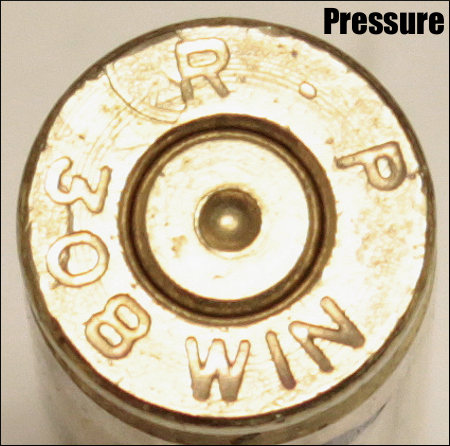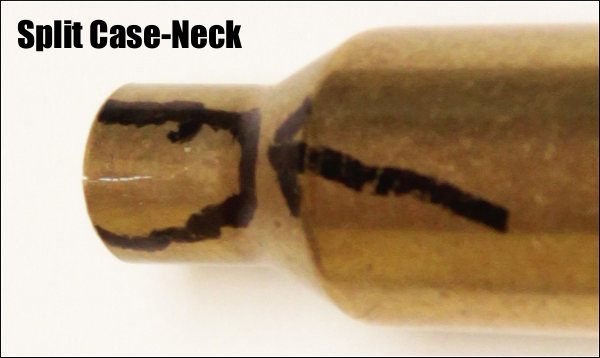Handgun Competition Shooting Skills — Tips from Doug Koenig

Photo courtesy DougKoenig.com and Leupold.
While this site is primarily about accurate rifles, we know many of our readers enjoy handgun shooting also. Here are four videos that can help readers improve the speed and accuracy of their pistol shooting. You may never win a Bianchi Cup title, but these tips can help in a club IDPA match, or the pistol stages of your next 3-Gun match. The star of these videos is Doug Koenig, 19-time Bianchi Cup champion. Koenig, who has won numerous National and World pistol titles, is considered by many to be the best action pistol shooter on the planet. His speed, consistency, and accuracy are without peer.
Keep Both Eyes Open
When shooting a pistol two-handed, “on the clock”, it’s almost always better to shoot with both eyes open. And during a “move and shoot” action pistol match, you surely want to have both eyes open. Keeping both eyes open improves depth perception and helps with target transitions.
“To me it’s very simple — I wouldn’t drive my car with one eye closed. I wouldn’t walk around the house with one eye closed. To me, it’s all about your vision, your depth perception.” — Doug Koenig
With both eyes open you’ll have better depth perception and peripheral vision, Koenig says. Moreover, you will also be able to transition from target to target more quickly. In a timed, multi-target stage, you’ll want to move your head/eyes to the next target right after you break a shot. You’ll find that you will then reflexively move the handgun on to the new target when you swing your vision on to it. Don’t linger on the target you just shot — move to the next.

Acquire First Target
In this video, 18-Time Bianchi Cup Winner Doug Koenig explains how to acquire your first target quickly, and make sure your first shot is a hit. Doug notes that a perfect first shot will positively affect the many shots that follow in a competition:
Make Fast Follow-Up Shots
In this next NSSF Video Koenig demonstrates how to make Fast Follow-Up Shots and how to transition from target to target quickly. Grip, stance, consistency are all important Doug explains.
Trigger Press and Trigger Control
In this fourth video, Koenig talks about key techniques that apply to all pistol marksmanship — not just speed shooting “on the clock”. With any handgun, Doug explains, you should focus on consistent trigger control. You want to avoid yanking the trigger or anticipating recoil.
Doug Koenig’s List of Championships:
10-time World Champion
19-time Bianchi Cup winner
2016 NRA World Shooting Champion
More than 70 National Championships
6-time World Action Pistol Championship Winner
3-time World Speed Shooting Champion/Steel Challenge




















 Shoot 101 Quiz
Shoot 101 Quiz





